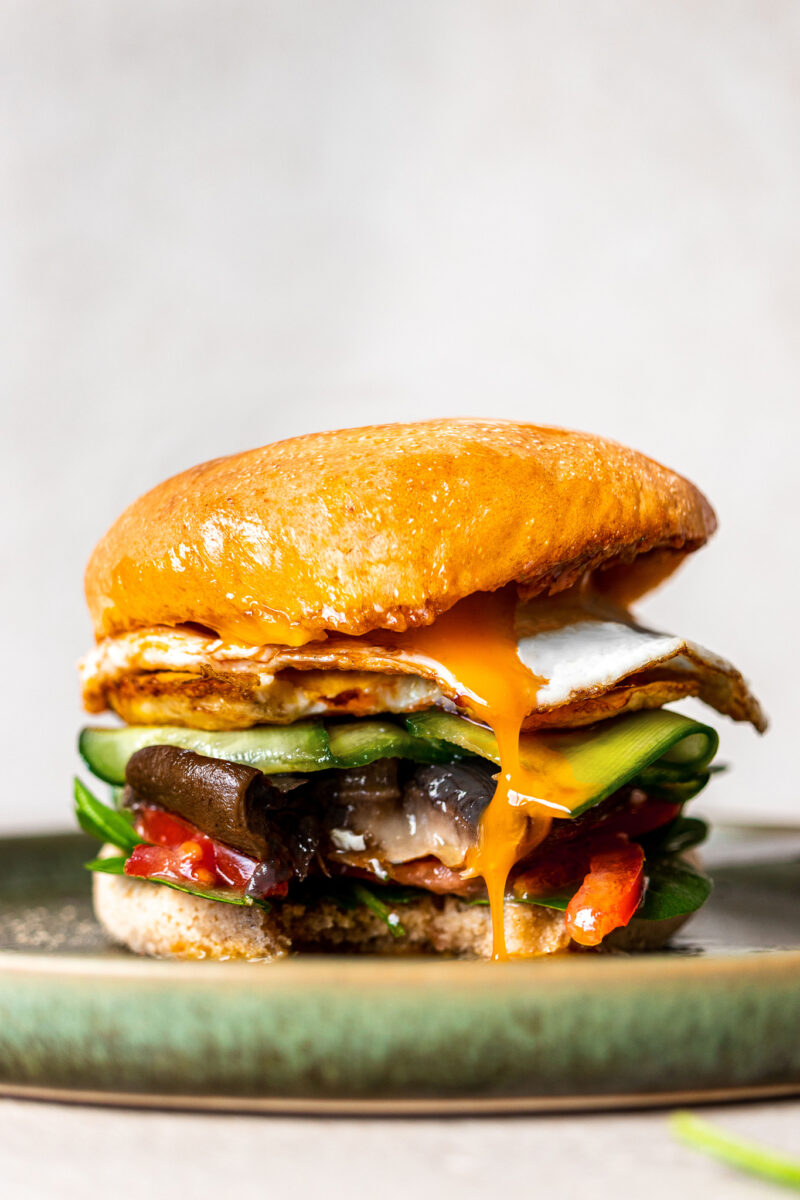
15.03.2023
Going Gluten Free
You’ve heard about it, thought about it, and are now taking the plunge to removing gluten from your diet… but not sure exactly where to start? Let us help make this transition easier for you with our essential guide.
Understand what gluten is
Gluten is a protein that’s found in:
- Wheat
- Rye
- Barley
- Oats
…plus the hybrids and derivatives of these grains, such as spelt.
It’s used to make baked goods rise and also produces an elasticity needed for a chewy texture. It is also used as a thickener in sauces and gravies, and in salad dressings.
Gluten can sometimes cause an immune reaction in the body, leading to unpleasant symptoms, such as constipation, gas and bloating. For people with coeliac disease – an autoimmune disease diagnosed by a blood test – these symptoms are a lot more serious.
Know which ingredients contain gluten
Understanding which ingredients contain gluten can save a lot of time when doing a grocery shop. Many ingredients are derived from wheat, rye, barley and oats, such as spelt and malt. Here’s a list of common gluten-containing ingredients to avoid:
- Wheat, wheat bran, wheat flakes, wheat flour, wheat germ, modified wheat starch, textured wheat protein
- Barley, barley flour, barley flakes, pearl barley
- Oats, oat bran, oat flakes, oat flour, oatmeal, porridge
- Rye, rye flour
- Spelt
- Brewer’s yeast extract
- Couscous
- Semolina
- Malt, malt extract, malt syrup, malt vinegar
- Plain flour, self-raising flour
- Burghul
- Triticale
- Hydrolysed wheat protein
- Kamut
Note: this is not a complete list. If you’re unsure about whether a product contains gluten, feel free to speak with our friendly Naturopaths & Nutritionists in store.
Understand that gluten free doesn’t necessarily mean healthy
Along with any diet, choosing the right foods that work towards optimal health is important. Whilst it can be tempting to treat any food free of gluten as acceptable, it’s important to note that eating wholefoods is the best rule of thumb. There are plenty of healthy gluten-free alternatives that aren’t sugar-laden or full of unhealthy fats. Check ingredients and feel free to ask our Naturopaths for help choosing the best products for you.
Essential staples in the pantry
When you’re in a rush, having your pantry stocked with gluten-free staples can make a huge difference. First, ensure you go through all your previous products in the pantry and fridge and ensure you get rid of anything that contains gluten. Donating unopened items to charity is a good way to reduce food wastage.
Here are some of our top picks to make life easier:
- Brown rice – great with stir frys and nourishing curries
- Buckwheat pasta – quick option for dinner
- Puffed quinoa – healthy cereal alternative
- Coconut flour – use in baking
- Almond meal – use in baking
- ABC spread – a spread or dip alternative
- Raw nuts – a filling snack
- Dried fruit – a sweet snack
- Herbs and spices – to add plenty of tasty flavour to your food
Have a trick up your sleeve when eating out
The best rule of thumb when eating at a friend’s house or a restaurant is to be prepared.
When going to a friend’s house, let them know with plenty of notice that you’re unable to eat gluten. If they’re not sure how to cater for this, it may be helpful to bring your own food.
For restaurants, it may be helpful to look up the menu on the website ahead of time to check whether they provide gluten-free options. Vietnamese, Thai, Indian and Mexican typically have gluten-free options. Choosing a source of protein (both animal or plant-based) with veggies is a safe option; however, check whether it comes with a sauce or dressing that contains gluten and if so, ask if the meal can come without it.
Want more?
You can never go wrong asking our amazing team of health nuts in store – our team are deeply passionate about health & well-being!
Plus … our site is constantly updated on all things FOOD & wellbeing.
Share this post with your friends






